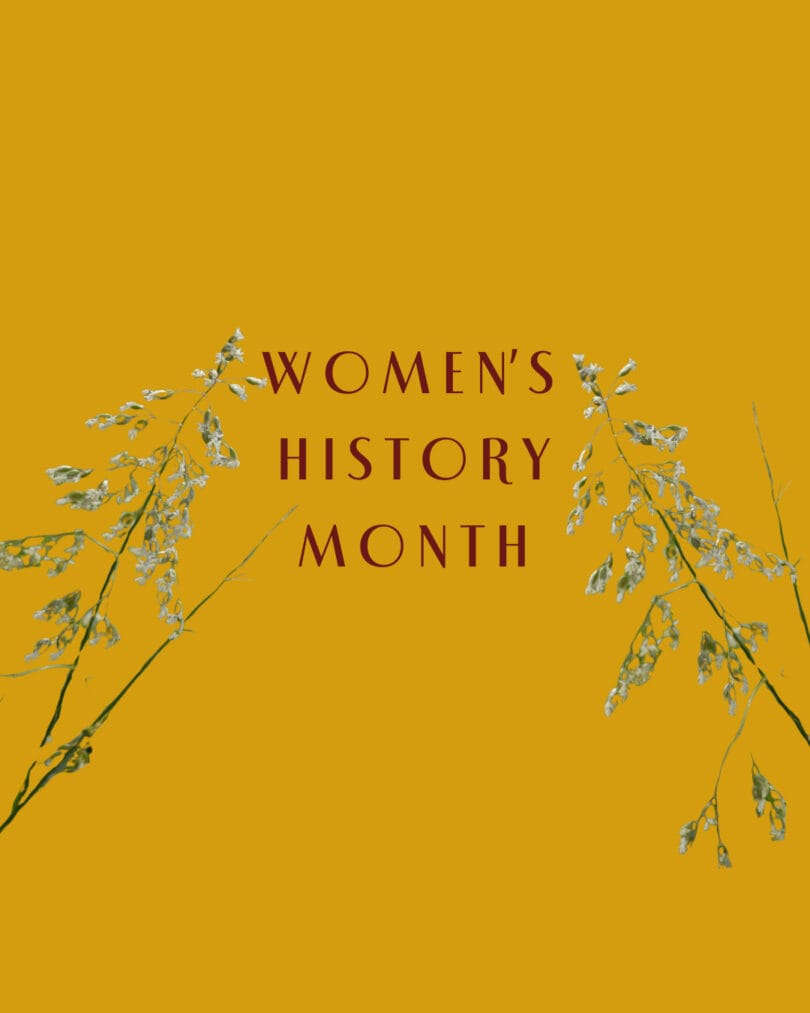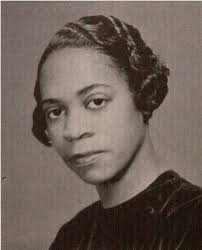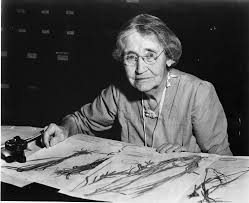Science
Women’s History Month

By: Julia Hammerlund | March 18, 2025
March is Women’s History Month and we wanted to feature three influential women in horticulture and botany! Although it is difficult to find in-depth information on some of these women’s lives and careers, that does not negate the ways they pushed the fields of horticulture and botany forward while simultaneously pushing boundaries on societal expectations.
Marie Clark Taylor (1911- 1990)

Marie Clark Taylor earned her B.S. (1933) and M.S. (1945) in Botany from Howard University. With her area of interest in photomorphogenesis, she became the first woman to earn a PHD (Botany) from Fordham University and the first Black woman to earn a PHD in botany. In 1945 after returning from her WWII service with the American Red Cross in New Guinea, Taylor became an Assistant Professor at Howard University’s Botany Department where she taught classes in biology, microbiology, and botany. In 1947 she would become the head of that same department until she retired in 1976.
In 1953 The National Science Foundation began awarding grants to educators who were interested in running summer science institutes. Taylor was awarded NSF grants throughout the 1950’s and 1960’s and focused her institutes on educating high school science educators in botany. Her institutes were so successful that she received an invitation from President Lyndon B. Johnson to expand them nationally and internationally.
Anna Pederson Kummer (1899-unkown)

We admire Anna Pederson Kummer’s love for native plants, or as they were referred to throughout her work, “weeds”. A botanist and teacher associated with University of Chicago and Waller High School, Kummer was focused on studying native plants and their value in the local ecosystems.
In 1938 she created an exhibit at the Chicago Academy of Sciences’ museum that was composed of native plants all from her own personal collection of specimens. She continued curating exhibits and became the Honorary Curator of Botany for the academy’s museum through the 1940’s. Her exhibits continued to showcase the specimens she collected in Illinois and Indiana.
Mary Agnes Chase (April 20, 1869- September 24, 1963)

Well known for her 1922 book, First Book of Grasses: The Structure of Grasses Explained for Beginners Mary Agnes Chase’s life and work is incredibly inspiring!
In 1889, in an effort to pay off her late husband’s debts, she took a job as a proofreader at Inter- Ocean Newspaper. Despite not finishing formal schooling past the elementary level, she used her job to also pay for botany courses through the University of Chicago. While out collecting specimens, Chase met botanist E. J. Hill. Hill encouraged her love and interest for botany and taught her how to use a microscope. The two would go on to publish Plantae Utowanae (1900) and Plantae Yucatanae (1904). These works caught the attention of Charles Fredrick Millspaugh, Curator of Botany at the Field Museum. Millspaugh then hired Chase to work on illustrations for the Field Museum.
In 1903, Mary Agnes Chase began working as illustrator for USDA Agrostology Department in Washington D.C. where she would later work under botanist and agrostologist Albert Spear Hitchcock. Hitchcock admired Chase’s skill as an illustrator. The two would later work as collaborators and coauthors of three books: The North American Species of Panicum, Manual of the Grasses of the United States, and Grasses of the West Indies.
Mary Agnes Chase would go on to conduct fieldwork for the Field Museum and USDA in Brazil, and was later invited by the Venezuelan government to conduct research on their native grasses. In 1936 she became responsible for the entire USDA Systematic Agrostology Department until her retirement in 1939, after thirty six years of employment.